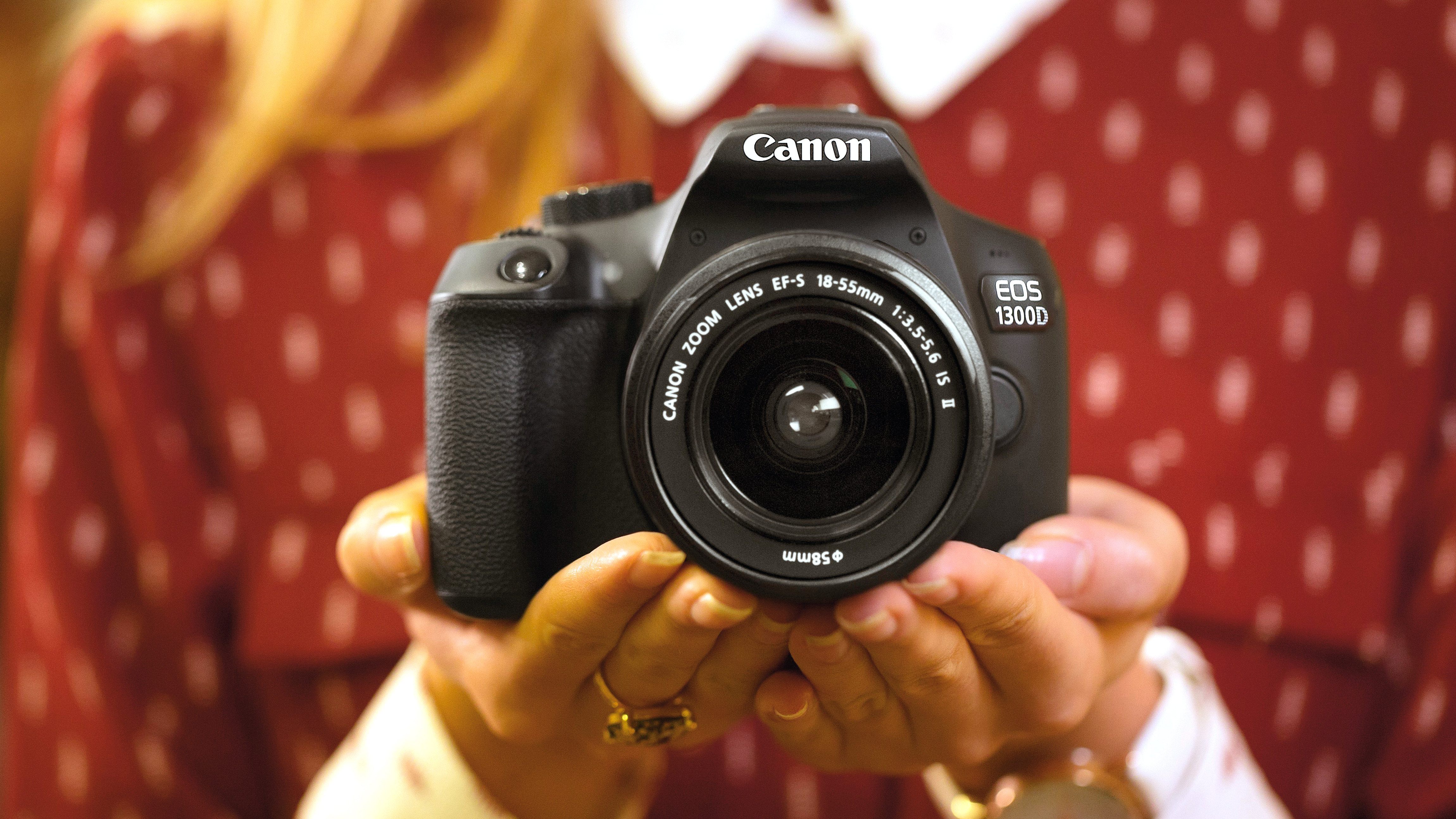Why you can trust TechRadar
Performance
Why you can trust TechRadar
- 3fps burst shooting
- iFCL metering system
- 500 shot battery life
Like the T5, the Rebel T6 / EOS 1300D uses Canon's iFCL metering system. On the whole this does a good job of producing accurate exposures, although, as priority is given to the active AF point, if whatever you're focusing on is particularly bright or dark this can skew the overall exposure reading; on several occasions I found I needed to dial in a little exposure compensation to get the desired results.

The Rebel T6's auto white balance system copes well with a variety of lighting conditions. Under artificial lights, tones look a touch warmer than is accurate; the results aren't unpleasant, but for maximum accuracy it can be beneficial to switch to a more appropriate setting, such as Fluorescent.
In overcast conditions, the automatic option works well – the Cloudy setting produces images that are a little too warm for my liking.
It seems that the step up to the DIGIC 4+ processor has boosted operation speeds a touch compared to the T5. This means images are marginally quicker to appear in playback mode, although there can still be a noticeable lag if you take several photos in quick succession.
At 500 shots, the quoted battery life is a little less than that of the rival Nikon D3300, but it's more than most compact system cameras can offer. Our testing shows that 500 shots is about accurate, and I was able to shoot for several hours without much of a dip in the displayed battery life.
Image quality
- ISO100-6,400, expandable to 100-12,800
- Built-in low-pass filter
- 7 Picture Styles
The Rebel T6 / EOS 1300D uses the same sensor as the T5, but with the very slightly better DIGIC 4+ processor rather than the DIGIC 4. So it's no surprise that our testing indicates that the Rebel T6 performs very similarly to the T5.
Image quality is very good, and while those who are new to DSLR shooting should be impressed by what the Rebel T6 / EOS 1300D is capable of.
JPEG images display a good level of warmth and saturation direct from the camera, in keeping with what we've become used to seeing from cameras across Canon's range, while Picture Styles are a good way to tweak the tones depending on the subject – you may find, for example, that portraits will benefit from the more muted tones of that preset.
Raw images are a little more subdued than JPEGs, with a bit less contrast, giving you plenty of scope to process files according to your own tastes – you can use either Canon's Digital Photo Professional software, which is bundled with the Rebel T6, or a third-party application such as Adobe Camera Raw or Lightroom.
Canon's 18 million pixel sensor has proven to be a capable performer when it comes to detail resolution, in the T5 and elsewhere, and the overall impression of detail in JPEG images is very good from ISO100 through to ISO3,200, with quality only falling away a little when you get to ISO6,400 (see image below).

The expansion setting of ISO12,800 is best avoided unless absolutely necessary, as images take on a painterly appearance, with detail smoothing visible even at normal printing sizes.
When processing raw images, it's possible to bring back some of the detail that has been lost at the expense of introducing a little noise. If you're photographing a high-detail subject though, you may prefer the noise to the loss of detail, so it's good to have the choice.

Noise isn't particularly apparent in JPEGs shot at ISO1,600, but if you compare a JPEG with the corresponding raw file it's clear how much noise reduction the camera is applying; and while the results are mostly natural and pleasing, if you're photographing a particularly detailed subject the processing may be a little over the top for your liking.
Detail resolution is good, if not quite as good as from the Nikon D3300 when images are examined closely; however this will only be an issue if you're printing at very large sizes, or if you regularly photograph very detailed subjects, neither of which is likely to be a priority for most beginners.
Current page: Performance and image quality
Prev Page Build, handling and AF Next Page Verdict and competitionPhil Hall is an experienced writer and editor having worked on some of the largest photography magazines in the UK, and now edit the photography channel of TechRadar, the UK's biggest tech website and one of the largest in the world. He has also worked on numerous commercial projects, including working with manufacturers like Nikon and Fujifilm on bespoke printed and online camera guides, as well as writing technique blogs and copy for the John Lewis Technology guide.

